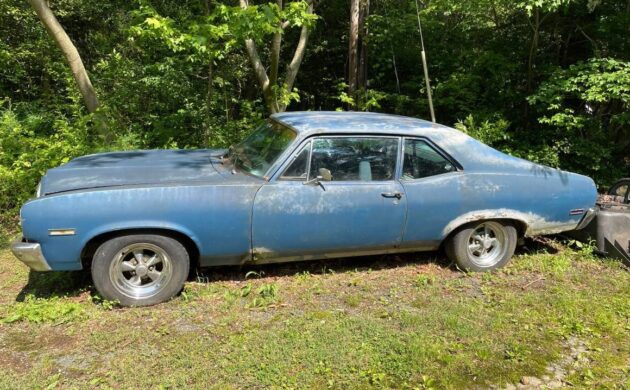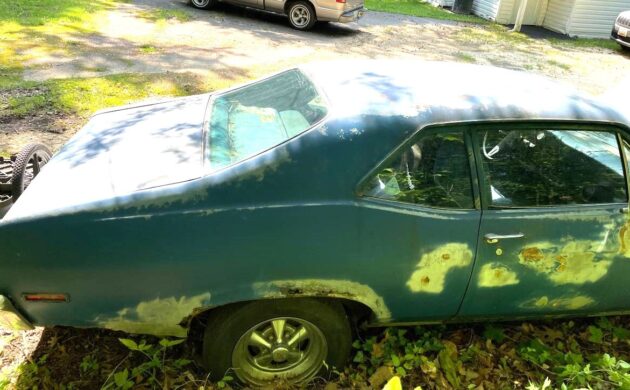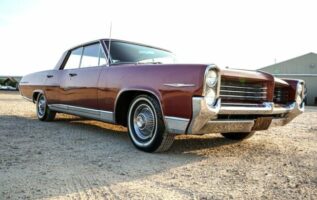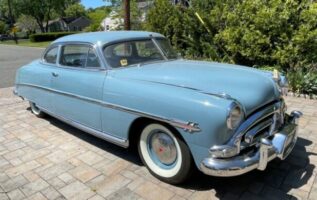
In a surprising twist, the Pontiac Ventura nameplate shifted from being a mere trim option on the Catalina to becoming a “new” compact car known as the Ventura II in the 1970s. However, this so-called new compact was nothing more than a cleverly disguised Chevy Nova, sharing its platform and design. Now, a weathered 1972 Pontiac Ventura II has emerged, uncertain of its running condition and battling against encroaching rust. Located in Leonardtown, Maryland, this intriguing project, powered by a Chevy V8, has appeared on craigslist with a modest asking price of $2,500, courtesy of Barn Finder Mitchell G.!

Interestingly, Pontiac had discontinued its compact car lineup after 1963, aligning the Tempest as a mid-size model, which ultimately gave birth to the legendary GTO. However, in 1971, Pontiac made a strategic move by introducing its own version of the Chevy Nova, featuring subtle exterior differences such as unique front-end styling, hood, and rear taillights. To avoid confusion with the previous Ventura version of the Catalina, Pontiac dubbed it the Ventura II (later reverting to just “Ventura” in 1973).

Compared to its Chevrolet counterpart, the Nova, the Ventura II witnessed significantly lower production numbers. For instance, while Chevrolet manufactured nearly 350,000 Novas in 1972, the Ventura II accounted for only a quarter of that figure, with 72,000 units produced. Of those, approximately 51,000 were two-door sedans or coupes, resembling the car currently offered by the seller. Unlike the Nova, the Ventura II lacked a performance-oriented version like the renowned Nova SS, although Chrysler had no reservations with its Plymouth Duster 340 and Dodge Demon 340.

This particular Pontiac Ventura II strives to emulate its Chevy sibling, sporting a V8 engine beneath the hood. Notably, the engine showcases Chevy-branded chrome valve covers, suggesting a likely 350 cubic inch displacement. While Pontiac offered its own 350 V8 option for the Ventura, it appears that the original motor may have been replaced at some point. As for its running condition, details remain elusive. Additionally, the presence of aftermarket air conditioning inside the cabin raises questions about potential modifications under the hood. The car exhibits signs of rust, with body filler applied to the rear quarter panels and doors, while the faded blue paint begs for restoration alongside the bodywork. The interior requires attention as well, with the front bench seat replaced by mismatched bucket seats and the upholstery in need of restoration. Despite its flaws, the package is complete with Cragar mag wheels, hinting at this “Nova’s” former aspiration for speed. Will you seize the opportunity at the seller’s enticingly low asking price?






